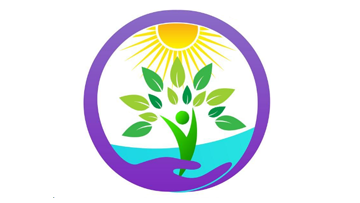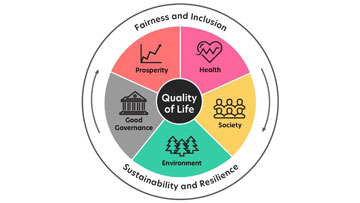Sustainable Development Goals Information Hub
Welcome to Canada's Sustainable Development Goals Information Hub, Statistics Canada's platform to report Canada's progress on the 2030 Agenda for Sustainable Development
What are the Sustainable Development Goals?
The 17 Sustainable Development Goals (SDGs) are a universal call to action to end poverty, protect the planet, and ensure that all people enjoy peace and prosperity. They cover a broad range of social, environmental and economic issues, including but not limited to poverty, hunger, health, education, social equality, innovation, climate change, biodiversity and justice, with a focus on the most vulnerable and a commitment to "leave no one behind."
Statistics Canada is the focal point for measuring and reporting Canada's progress on the Sustainable Development Goals for the Government of Canada. Progress is measured and reported for the Global Indicator Framework for SDGs and the Canadian Indicator Framework for SDGs.
Learn more about Canada and the Sustainable Development Goals.

Canada's data on the Sustainable Development Goals
Global Indicator Framework
Access the Global Indicator Framework data hub
Canadian Indicator Framework
Access the Canadian Indicator Framework data hub

Features
Infographics
The Agenda 2030 Sustainable Development Goals Report is a series of infographics highlighting Canada's progress on the Sustainable Development Goals.
Access the Agenda 2030 Sustainable Development Goals Report.
Voluntary National Reviews
Voluntary National Reviews are reports submitted to the United Nations presenting an assessment of a country's progress on the 2030 Agenda for Sustainable Development.
Canada's 2030 Agenda National Strategy
Moving forward together: Canada's 2030 Agenda National Strategy is Canada's national strategy to implement the 2030 Agenda for Sustainable Development.
Access Moving forward together: Canada's 2030 Agenda National Strategy.
Related products
Gender, Diversity and Inclusion

Statistics Canada's primary platform for all gender, diversity, and inclusion related data.
Access the Gender, Diversity and Inclusion Statistics Hub.
Environment Statistics

Statistics Canada's platform for all data, tools and reports related to the latest information on the environment in Canada.
Access Environment Statistics.
Quality of Life

Statistics Canada's platform to report on approximately 85 key indicators on the well-being of people in Canada.
Access the Quality of Life Hub.
- Date modified: